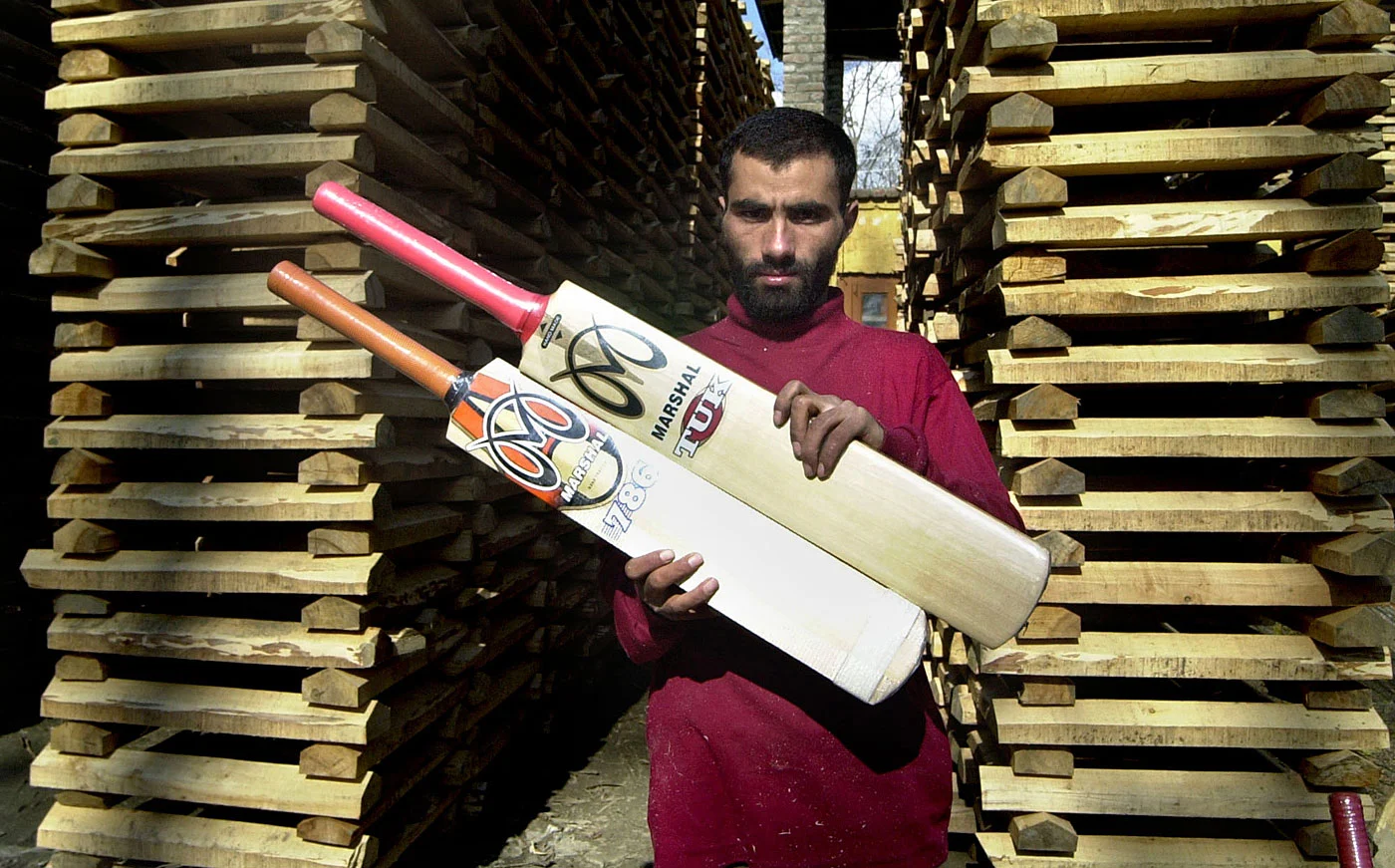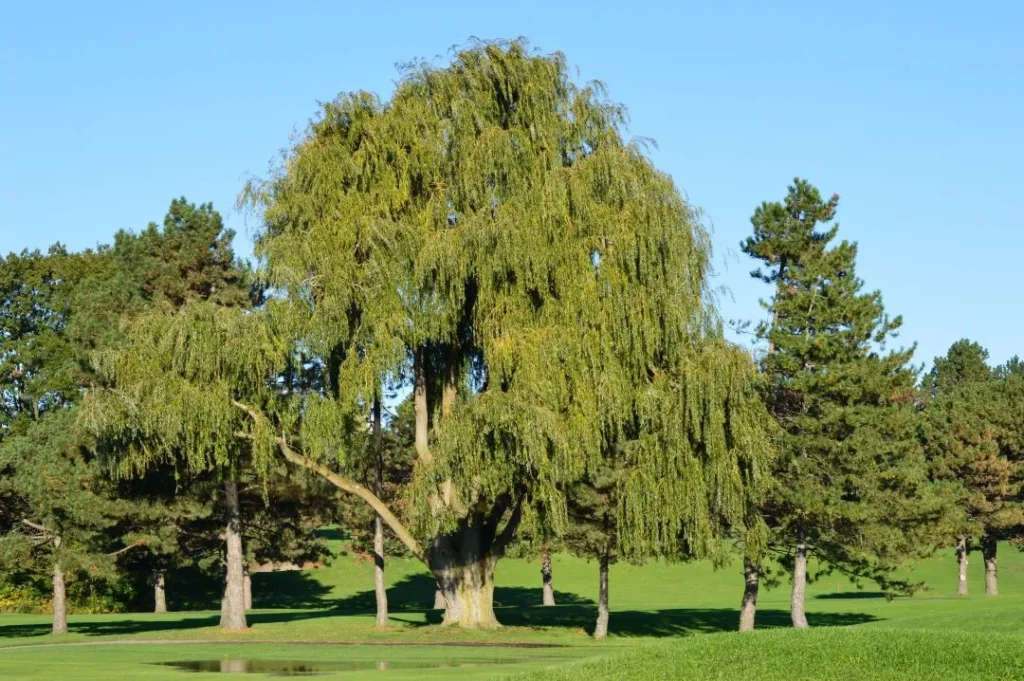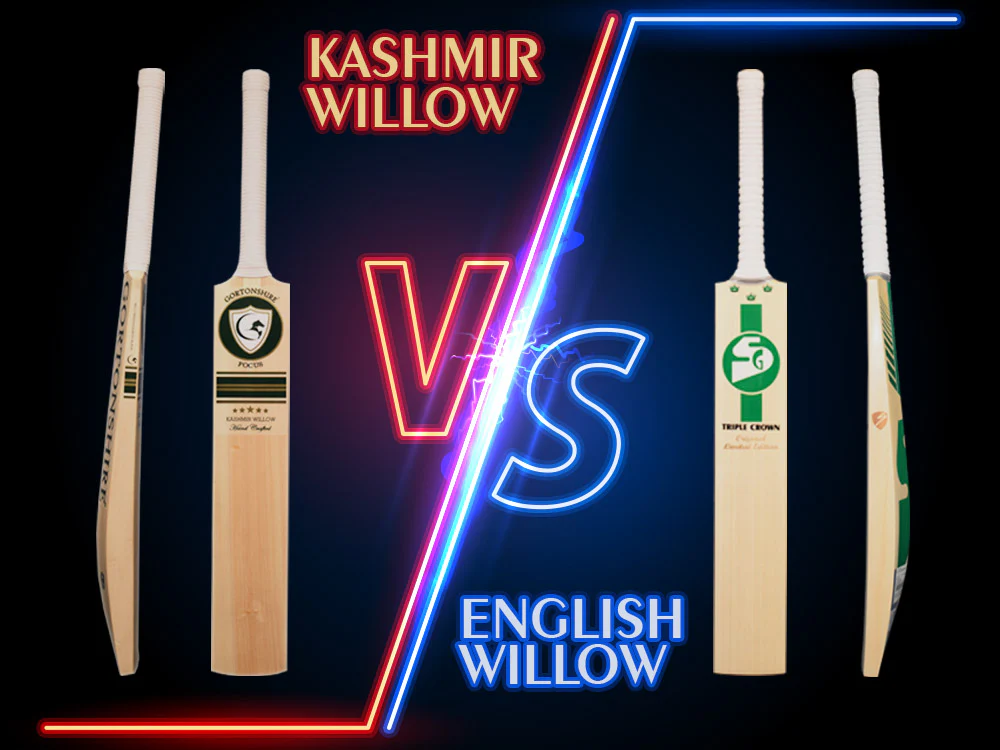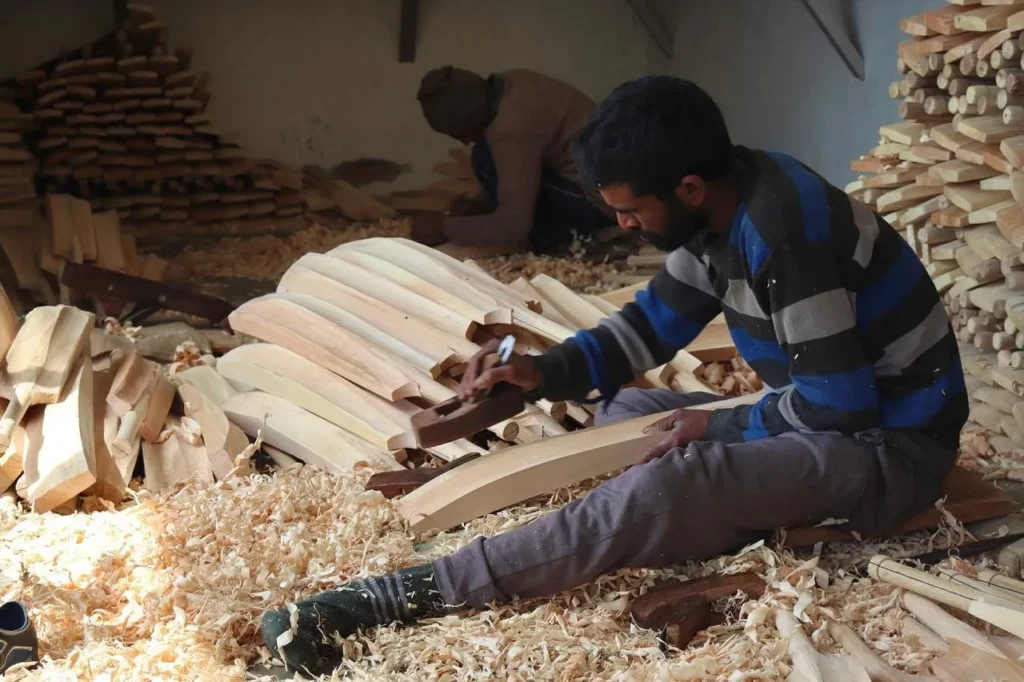
Kashmir’s serene landscapes, famous for their beauty, hold a secret that has enchanted the world of cricket. Nestled among these mountains is an age-old craft: the art of cricket bat making, specifically using the region’s indigenous Kashmir willow. This process isn’t just about producing a bat but celebrating a heritage deeply ingrained in the local culture. So, what makes Kashmiri cricket bats so sought after worldwide?
Table of Contents
A Brief History of Willow Bat Making in Kashmir
Origin of Willow Craft in Kashmir
The story of willow cricket bat making in Kashmir traces back centuries, when the region began cultivating willow trees initially for domestic use. With time, locals noticed the durability and flexibility of this wood, sparking the craft of bat-making that has now become a symbol of Kashmiri culture.

photo/savaari
Evolution of the Craft Over the Years
While traditional methods have remained largely unchanged, the craft has adapted to modern cricketing needs. Today, Kashmiri artisans blend traditional expertise with refined techniques, producing bats that meet international standards yet retain their unique heritage.
Importance of Kashmir in the Global Cricket Bat Industry
Reputation and Quality of Kashmiri Bats
Cricket lovers worldwide recognize Kashmiri bats for their unique quality and price range. Although they may not always match English willow bats in international games, Kashmiri bats are preferred by amateur and domestic players due to their durability, making Kashmir a notable name in the global industry.

photo/wion
Economic Impact on Local Communities
The cricket bat industry serves as a significant source of livelihood for Kashmiri families. This craft has woven itself into the local economy, providing jobs and opportunities for communities involved in each production stage—from harvesting to shaping the final bat.
Types of Willow Used in Cricket Bat Making
Kashmir Willow vs. English Willow
When it comes to cricket bats, two types of willow steal the spotlight: Kashmir and English willow. Although both are excellent, they offer different experiences for players.

photo/cricketershop
Characteristics of Kashmir Willow
Kashmir willow is denser and has a slightly darker tone, which affects the bat’s weight and playing characteristics. It offers a hard-hitting impact, ideal for training and beginner use, due to its durability and reasonable pricing.
Comparison with English Willow
Unlike Kashmir willow, English willow is softer and more elastic, which enhances its performance in professional games. However, English willow bats are more expensive and less durable, making Kashmiri bats a popular choice among budget-conscious players.
How Willow Quality Affects Bat Performance
The quality of the willow significantly influences a bat’s durability and impact. Higher-quality willow translates to better grain structure, enhancing the bat’s power and longevity.
Factors Influencing Willow Quality
Willow quality depends on factors like the tree’s age, climate conditions, and the seasoning process. Kashmiri willow, exposed to cold, mountainous conditions, develops a unique grain pattern that contributes to its sturdy feel.
Grading of Willow for Bat Making
Kashmir willow is graded based on its grains, color, and blemishes. The best grades offer finer grains and minimal blemishes, essential for a high-quality cricket bat.
The Traditional Process of Willow Cricket Bat Making
Selection of the Willow Tree
The journey of a cricket bat begins with the careful selection of the willow tree. Artisans choose trees with the right age and girth, as older trees tend to provide better-quality wood.
How Age and Size Affect Bat Quality
Trees aged 10-15 years are considered ideal for bat making. Mature wood offers better resilience, ensuring the bat can withstand powerful strikes while retaining its structure.
Cutting and Seasoning the Willow
After selection, the willow is cut into blocks and undergoes a drying process to reduce moisture. This critical step is known as seasoning, which improves the wood’s durability and playing quality.

photo/greaterkashmir
Techniques to Prepare Willow Blocks
Traditional artisans rely on air-drying methods, allowing the willow to dry naturally over months. This slow process yields stronger wood, ideal for bat production.
Shaping the Bat Blade and Handle
Once dried, the willow block is shaped into a blade, with artisans carefully crafting each curve to meet cricketing standards. The handle is then inserted, often reinforced for added strength.
Traditional Methods vs. Modern Innovations
While machine tools aid some parts of the process, Kashmiri bat makers often shape bats by hand, allowing for detailed craftsmanship. This balance between tradition and innovation gives Kashmiri bats a unique charm.
Finishing Touches and Quality Checks
Artisans apply final touches, such as sanding and polishing, to perfect the bat’s look and feel. Each bat undergoes rigorous quality checks to ensure it meets the expected standards.
Also Read – India-Kashmir: Pashmina The Pride of Kashmir and Jewel of India’s Heritage
Challenges Facing the Willow Cricket Bat Industry in Kashmir
Environmental Concerns and Deforestation
The high demand for willow bats has led to extensive willow felling, posing environmental concerns. Sustainable practices, such as replanting, are essential to preserving Kashmir’s willow resources.
Need for Sustainable Practices
To protect this heritage craft, sustainable tree management is crucial. This includes planting new willows for every tree felled, ensuring future generations can continue this tradition.
Impact of Modern Machinery on Traditional Craft
Machinery has streamlined production, but it also threatens the traditional, hand-crafted methods. While mechanization can increase output, it risks diluting the unique character of Kashmiri bats.
Pros and Cons of Mechanization
Mechanization enables faster production but often at the cost of artisanal precision. For many, this trade-off is not worth sacrificing the unique touch Kashmiri artisans bring to each bat.
Competition with International Brands
With big names dominating the market, Kashmiri bats face fierce competition. However, their affordability and distinct quality help them maintain a strong presence among everyday players.
Maintaining Quality and Price Competitiveness
Artisans strive to maintain high standards while keeping prices affordable, ensuring their bats remain accessible to players across all levels.
The Role of Artisans in Willow Cricket Bat Craftsmanship
Skills and Knowledge Passed Down Through Generations
Kashmiri artisans inherit skills honed over centuries. This deep knowledge of wood and handcrafting techniques adds an irreplaceable value to each bat.
Socioeconomic Impact on Artisan Families
For many families, bat-making is not only a craft but a legacy. It sustains their livelihoods, supporting generations through their dedication to this art.
Why Choose a Kashmiri Willow Bat?
Unique Qualities of Kashmiri Willow Bats
Kashmiri willow bats offer unmatched durability and affordability, making them ideal for beginners and amateur players.
Performance Benefits in Different Playing Conditions
Kashmiri bats are perfect for varied conditions, from dry pitches to intense practice sessions, making them versatile choices for players worldwide.
Future of Willow Cricket Bat Making in Kashmir
Efforts Toward Sustainable Production
Artisans and environmental advocates are promoting sustainable practices, ensuring the craft endures without harming Kashmir’s ecosystem.
Global Demand and Export Potential
As awareness of Kashmiri bats grows, so does their demand internationally. This growing interest presents exciting opportunities for the industry’s future.
Willow Bat Making in Kashmir at a Glance:
| Section | Subsection | Key Points |
|---|---|---|
| Introduction to Kashmir’s Cricket Bat Craftsmanship | Kashmir’s cricket bats are renowned for their quality and heritage. | |
| A Brief History of Willow Bat Making in Kashmir | Origin of Willow Craft in Kashmir | Willow bat-making originated centuries ago as a local craft in Kashmir. |
| Evolution of the Craft Over the Years | The craft has modernized but retains traditional techniques, maintaining its cultural significance. | |
| Importance of Kashmir in the Global Cricket Bat Industry | Reputation and Quality of Kashmiri Bats | Known for affordability and durability, popular among amateur cricketers globally. |
| Economic Impact on Local Communities | Provides significant employment and supports many local families in Kashmir. | |
| Types of Willow Used in Cricket Bat Making | Kashmir Willow vs. English Willow | Kashmir willow is denser, darker, and more durable; English willow is softer, enhancing performance in pro games. |
| Characteristics of Kashmir Willow | Dense, durable wood ideal for training and amateur use. | |
| Comparison with English Willow | English willow bats are softer and more elastic but pricier and less durable. | |
| How Willow Quality Affects Bat Performance | Factors Influencing Willow Quality | Age of the tree, climate, and drying process impact willow quality. |
| Grading of Willow for Bat Making | Based on grains, color, and blemishes; higher-grade willow produces stronger bats. | |
| The Traditional Process of Willow Cricket Bat Making | Selection of the Willow Tree | Ideal trees are 10-15 years old, providing quality wood for bat making. |
| Cutting and Seasoning the Willow | Willow blocks are dried to improve durability; traditional air-drying methods are preferred. | |
| Shaping the Bat Blade and Handle | The blade is shaped carefully, often by hand, balancing tradition and innovation. | |
| Finishing Touches and Quality Checks | Bats are sanded, polished, and quality-checked before final sale. | |
| Challenges Facing the Willow Cricket Bat Industry in Kashmir | Environmental Concerns and Deforestation | Sustainable practices are necessary to preserve resources due to extensive felling. |
| Impact of Modern Machinery on Traditional Craft | Machinery increases output but risks losing traditional, hand-crafted precision. | |
| Competition with International Brands | Competing with global brands; Kashmiri bats maintain a niche due to quality and affordability. | |
| The Role of Artisans in Willow Cricket Bat Craftsmanship | Skills and Knowledge Passed Down Through Generations | Artisans inherit bat-making skills, adding unique value to Kashmiri bats. |
| Socioeconomic Impact on Artisan Families | The craft supports local families, passed down through generations. | |
| Why Choose a Kashmiri Willow Bat? | Unique Qualities of Kashmiri Willow Bats | Known for durability and affordability; ideal for beginners and amateurs. |
| Performance Benefits in Different Playing Conditions | Effective in diverse playing conditions, making them versatile choices. | |
| Future of Willow Cricket Bat Making in Kashmir | Efforts Toward Sustainable Production | Sustainable tree planting practices are being promoted for the craft’s continuity. |
| Global Demand and Export Potential | Growing interest internationally, expanding market opportunities for Kashmiri bats. |
Conclusion
Kashmir’s cricket bat-making craft is a testament to the region’s rich tradition and artistry. Despite challenges, the dedication of local artisans keeps this heritage alive, offering cricket lovers a unique blend of quality and authenticity in every bat.
FAQs
- What makes Kashmiri willow bats different from English willow bats?
Kashmiri willow bats are more durable and affordable but slightly heavier, making them ideal for training. - How is a willow tree selected for cricket bat making?
Trees aged 10-15 years with good grain quality are chosen to ensure durability and performance. - What challenges does the cricket bat industry in Kashmir face?
Environmental concerns, mechanization, and competition from international brands are significant challenges. - How do artisans in Kashmir contribute to the craft?
Skilled artisans bring generations of knowledge, handcrafting each bat with precision and care. - What is the future of the Kashmiri willow cricket bat industry?
With sustainable practices and growing global demand, the industry has strong potential for future growth.